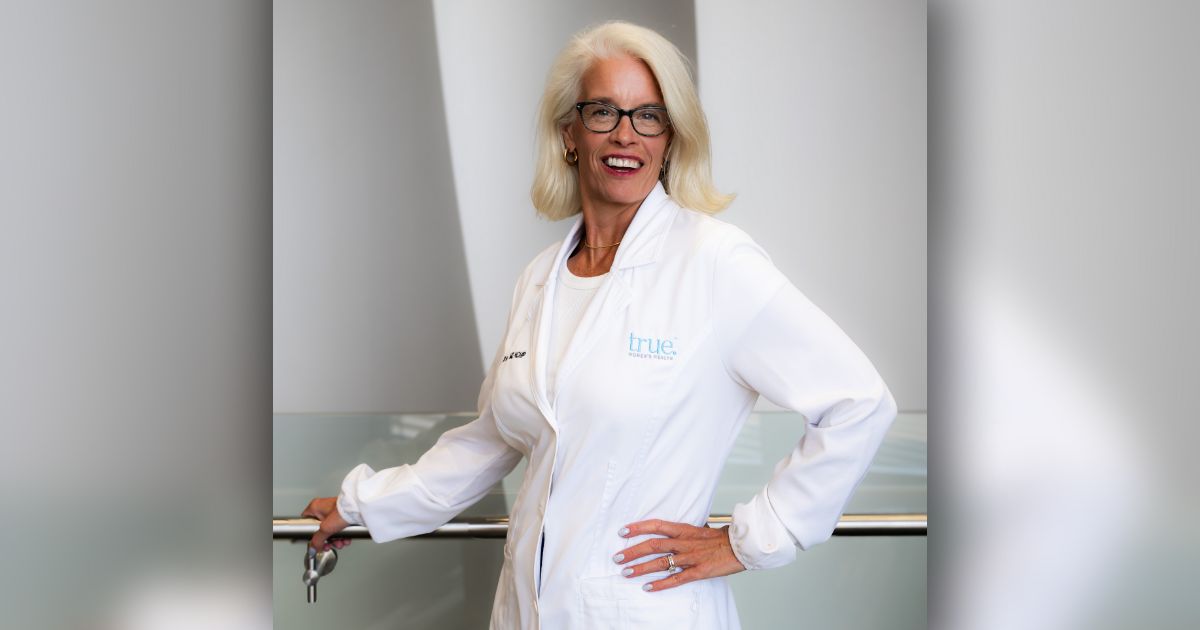Pain due to a disease or illness is something all of us encounter at some point in our lives. While we all know what pain is, we cannot compare another person's pain with our own, because pain is indescribable, not quantifiable. Someone's severe pain may be moderate to others. This is most evident with endometriosis.
What is endometriosis and why do some with minimal disease have so much pain while others with extensive disease have none? The answer to this question—even today—has remained a mystery. Our understanding of endometriosis has grown over the last few years, but still requires additional research.
In simple terms, endometriosis is the outside lining of the uterus that cycles and bleeds. This lining tissue is found on other organs such as the ovaries, bowel, bladder and even remote sites such as the lungs.
What does endometriosis do?
This menstrual lining cycles and bleeds, adhering and implanting in relation to the hormones of the menstrual cycle. This causes the release of special chemicals that result in pain. The implanted menstrual tissue also causes inflammation, which can damage organs and lead to scar tissue formation.
How does it present itself?
The most common symptoms are pain before and during periods, pain during or after sexual activity, infertility and heavy or irregular bleeding. Other symptoms can include fatigue, bladder and lower back pain, and constipation and diarrhea. Somewhere between 10-20 percent of women in the U.S. have this disease.
The average time to diagnosis for most women is 6-10 years, and women often see many healthcare providers before their diagnosis is made. Sadly, 22 percent see five or more and 55 percent see three or more providers before a diagnosis is made.
Endometriosis can start at the beginning of menstruation, as early as age 10. Many women can also develop complications with fertility, leading to the importance of early diagnosis and treatment. This is most important in young women to address complaints of pelvic pain and menstrual pain and provide the appropriate therapy.
What can be done?
Sometimes there is no cure for endometriosis, but there are ways we can control it. Therapy is broken down into ways to manage pain and the hormones that stimulate menstrual problems. Surgery can provide a valuable option to make the diagnosis, provide treatment, and evaluate fertility.
Medical therapy includes ways to stop menstruation, such as oral contraceptives, Depo Provera, or an IUD such as Mirena. Other treatments such as Lupron, Synarel, Zoladex, and Orilissa work to suppress estrogen to a near menopause state, temporarily suppressing the disease. More options include physical therapy, pain clinics, traditional Chinese medicine and others.
Early diagnosis is the key to help with a treatment plan. Recognizing that the disease can start with the first menstrual cycle and lead to problems with chronic pain and infertility is vital. Equally as important is finding a provider who will make the diagnosis and offer many treatment options.
So many women suffer from endometriosis. Don't ignore the pain. You have the right to seek help to improve your life.
Written by Dr. Stephen Dalm, D.O., Grand Rapids OB/GYN.




